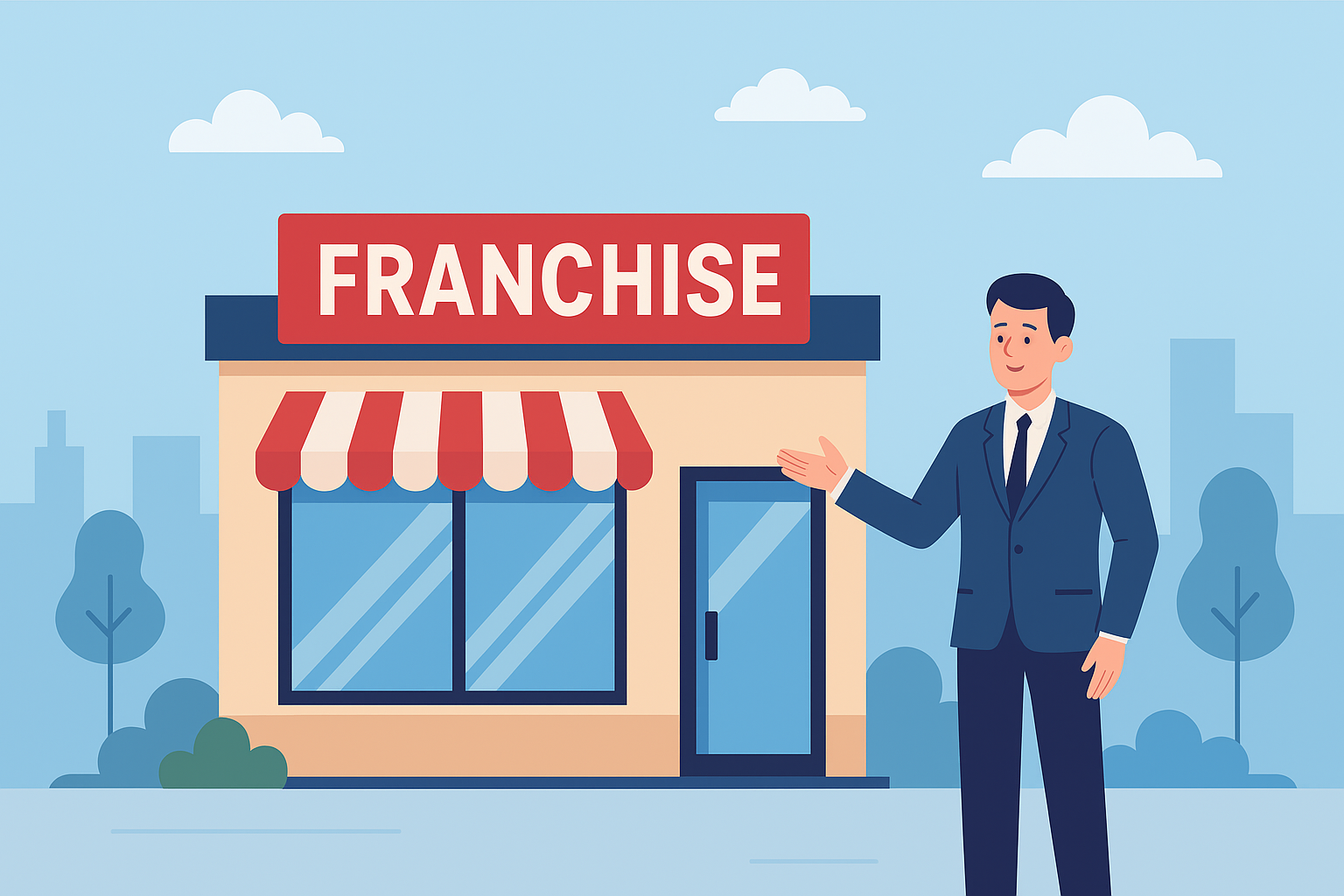FRANCHISING
How a Franchise Really Works: A Simple, Straightforward Breakdown
Franchising is one of the most accessible ways to enter the world of business ownership,...
Learn More


![]() November 11, 2025
November 11, 2025
Starting a franchise doesn’t always require a massive investment. A lot of new entrepreneurs assume franchising is only for people with huge capital, but that’s not the full picture. There are legit, low-cost franchise options out there—you just need to know what to look for and how to evaluate each opportunity.
If you’re thinking about getting into franchising without draining your savings, this guide breaks down everything you need to know: what makes a franchise “cheap,” what to watch out for, and examples of affordable franchise categories. You’ll also get practical tips to help you assess whether a specific opportunity is actually worth your money.
Before you dive in, it helps to get a clear picture of how franchising works. If you want to explore broader franchise opportunities, check out this casual guide to starting a franchise over at the intro to franchising blog.
Not everyone wants—or needs—a $1M McDonald’s buildout right out of the gate. Cheap franchises allow you to:
The key is making sure “cheap” doesn’t turn into “bad deal.” That’s where your research matters.
Affordable franchises usually have three things in common:
This includes everything you need to open your doors: equipment, inventory, licenses, fees, and your initial franchise fee. Cheaper franchises reduce these costs significantly—often by avoiding physical storefronts or using simpler business models.
Industries like cleaning, consulting, home services, and mobile businesses often fall into this category.
All franchises have recurring fees, but cheaper ones keep them reasonable. These may include:
Cheaper franchises often limit these to keep barriers low.
Some business types naturally cost less to run. For example:
Meanwhile, restaurants and retail require more money because of permits, buildouts, staffing, and inventory.
Sometimes you can buy an already-operating location for a lower price than the cost of building a new one. This cuts costs and gives you:
Buying an existing franchise can significantly reduce time-to-profitability.
Before signing anything, slow down and evaluate the franchise objectively. Here’s what you should look at:
Understand exactly what your upfront money covers:
Comparing franchises is easier when you break down the numbers this way.
Some franchises look cheap at the start but make up for it through high royalties. Make sure to check:
A low-cost franchise should stay affordable long after you launch.
Good franchises set you up to win. Look for:
If support is weak, you may end up running the business alone—defeating the point of franchising.
A recognized name is a huge advantage. People prefer businesses they already trust. Research:
A cheap franchise with a bad reputation is not a deal—it’s a headache.
Look for signs of a strong business model:
If the numbers don’t make sense, don’t force it.
While franchise costs vary, the categories below consistently offer the lowest startup costs.
These are usually the most affordable because they don’t require retail space or heavy equipment. You can start quickly and grow through word of mouth.
Examples:
Why they stay low-cost:
These franchises often require a small space—or even run from home.
Examples:
Some require certifications, but many do not. Costs depend on location and equipment.
Some premium gyms are expensive, but smaller-format or niche fitness franchises keep expenses low.
Examples include:
These franchises keep costs down by operating from compact spaces with limited staffing.
Not all food franchises are expensive. Some beverage or kiosk-style businesses offer low-cost entry points.
These models often avoid the high overhead of full restaurants.
Perfect for cutting costs because you avoid rent completely.
Examples:
One popular category here is tutoring. Small equipment needs and a flexible schedule allow owners to scale gradually.
For more ideas, check out this helpful guide on starting a reseller business—another low-cost model similar to home-based franchising. You can skim through it here:
why starting a reseller business is smart
These are ideal if you want to skip rent and take services directly to customers.
Examples:
These models thrive because they meet customers where they are—and overhead stays low.
These businesses stay affordable thanks to straightforward equipment and high demand.
Examples:
Seasonal or year-round, home services generally offer predictable demand and scalable income.
Below is a refined explanation of the franchise examples mentioned in the original content:
Note: These prices vary depending on location, market conditions, and franchise fees. Always request the FDD (Franchise Disclosure Document) for exact numbers.
Home-based franchises are ideal if you want something affordable, flexible, and simple to operate. Examples include:
Why it’s affordable:
These can include:
Many of these require no more than a laptop and training.
Mobile franchises keep costs low by avoiding traditional retail locations. These businesses are especially attractive for first-time entrepreneurs.
Examples:
These businesses leverage flexibility and convenience—two things modern customers love.
If you want low overhead and high demand, service-based franchises are an easy win.
Examples:
Why they’re affordable:
A “cheap” franchise doesn’t mean a low-quality franchise. It simply means the business model is lean, efficient, and accessible. Before you decide, make sure you thoroughly research:
If you take your time and choose wisely, an affordable franchise can be your launching point into successful business ownership.

How a Franchise Really Works: A Simple, Straightforward Breakdown
Dec 5, 2025

Smarter Blog Marketing Strategies to Strengthen Your Online Presence
Dec 4, 2025

Franchise Royalties vs. Other Fees: What You’re Really Paying For
Dec 3, 2025

How Technology is Shaping Solar Sales Today
Dec 3, 2025

How Training and Support Help Franchisees Reach Their Goals
Dec 2, 2025